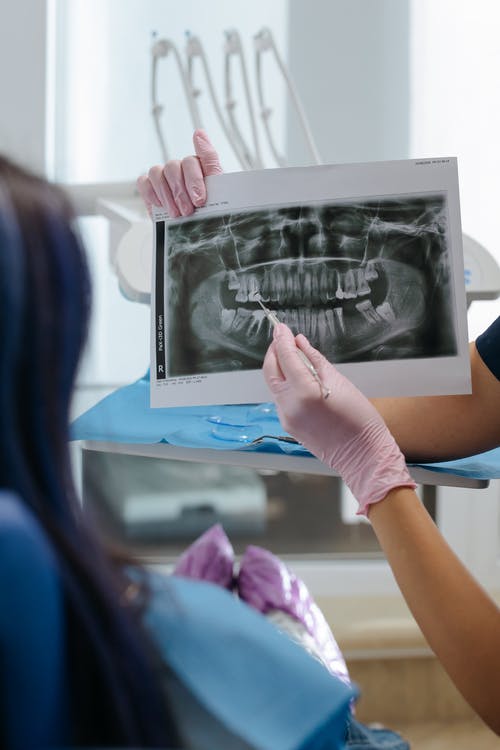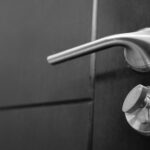People can achieve a brighter smile from the comfort of their own homes with the flexibility and convenience of at-home teeth whitening procedures. These alternatives, which range from over-the-counter items to kits recommended by dentists, each have special advantages and things to take into account for successful teeth whitening.
- Whitening toothpastes: To assist get rid of surface stains on teeth, these toothpastes usually include hydrogen peroxide or mild abrasives. Even though they work well to preserve brightness and lessen moderate discoloration, they might not be as efficient on deeper stains in the enamel.
- Whitening Strips: For a predetermined amount of time, usually once or twice a day for several weeks, thin, flexible strips coated with a bleaching gel are put directly to the teeth. These strips’ bleaching gel targets surface spots and penetrates enamel to progressively lighten teeth’s color. Whitening strips are a practical at-home solution that are commonly available.
Dentist-Prescribed At-Home Kits
Customized Whitening Trays: Dentists offer custom-fitted trays that fit snugly over the teeth and keep bleaching gel in close contact with the enamel. Patients are encouraged to wear these trays for a specific amount of time each day, which can range from 30 minutes to several hours depending on the quantity of the bleaching chemical and the desired whitening outcomes. Customized trays provide a more regulated application of the whitening gel, resulting in consistent and effective whitening results.

Professional-Grade Bleaching Gels: Unlike over-the-counter solutions, these gels contain larger concentrations of bleaching ingredients, resulting in more potent and noticeable whitening results in a shorter amount of time. Dentists tailor treatment plans to each patient’s specific needs, ensuring that these professional-grade bleaching gels can be used safely and effectively at home.
Considerations for At-Home Whitening
At-home whitening procedures are generally appropriate for people who have mild to moderate tooth discolouration and otherwise good dental health. Individuals with extensive dental work, such as crowns or veneers in visible areas, sensitive teeth, or gum concerns should check with a dentist before starting any whitening routine to identify the best treatment approach.
While at-home whitening treatments are convenient, they should always be used in accordance with the manufacturer’s recommendations and, if required, under professional supervision. Improper use of bleaching products can cause tooth sensitivity, gum irritation, and uneven whitening outcomes. Dentist supervision guarantees that the whitening procedure is safe, effective, and suited to individual needs, hence reducing potential dangers.

Maintaining Whitening Results
To extend the effectiveness of at-home teeth whitening procedures, it is critical to exercise appropriate dental hygiene habits. This involves brushing with fluoride toothpaste on a daily basis, flossing to eliminate plaque and prevent discoloration between teeth, and scheduling regular dental check-ups and cleanings. Furthermore, limiting your intake of staining substances like coffee, tea, red wine, and tobacco will help maintain the brightness of newly whitened teeth over time. Visit teeth whitening Cleveland for further details.
At-home teeth whitening procedures provide convenient and efficient solutions for improving dental aesthetics and getting a brighter smile without requiring regular trips to a dentist office. Understanding the benefits, considerations, and maintenance techniques is critical, whether using over-the-counter treatments such as whitening toothpastes and strips or dentist-prescribed customized trays and professional-grade bleaching solutions. Individuals can safely and confidently obtain their desired whitening outcomes by following proper recommendations and seeking professional help when needed, encouraging overall oral health and increasing self-confidence in their smile.
















